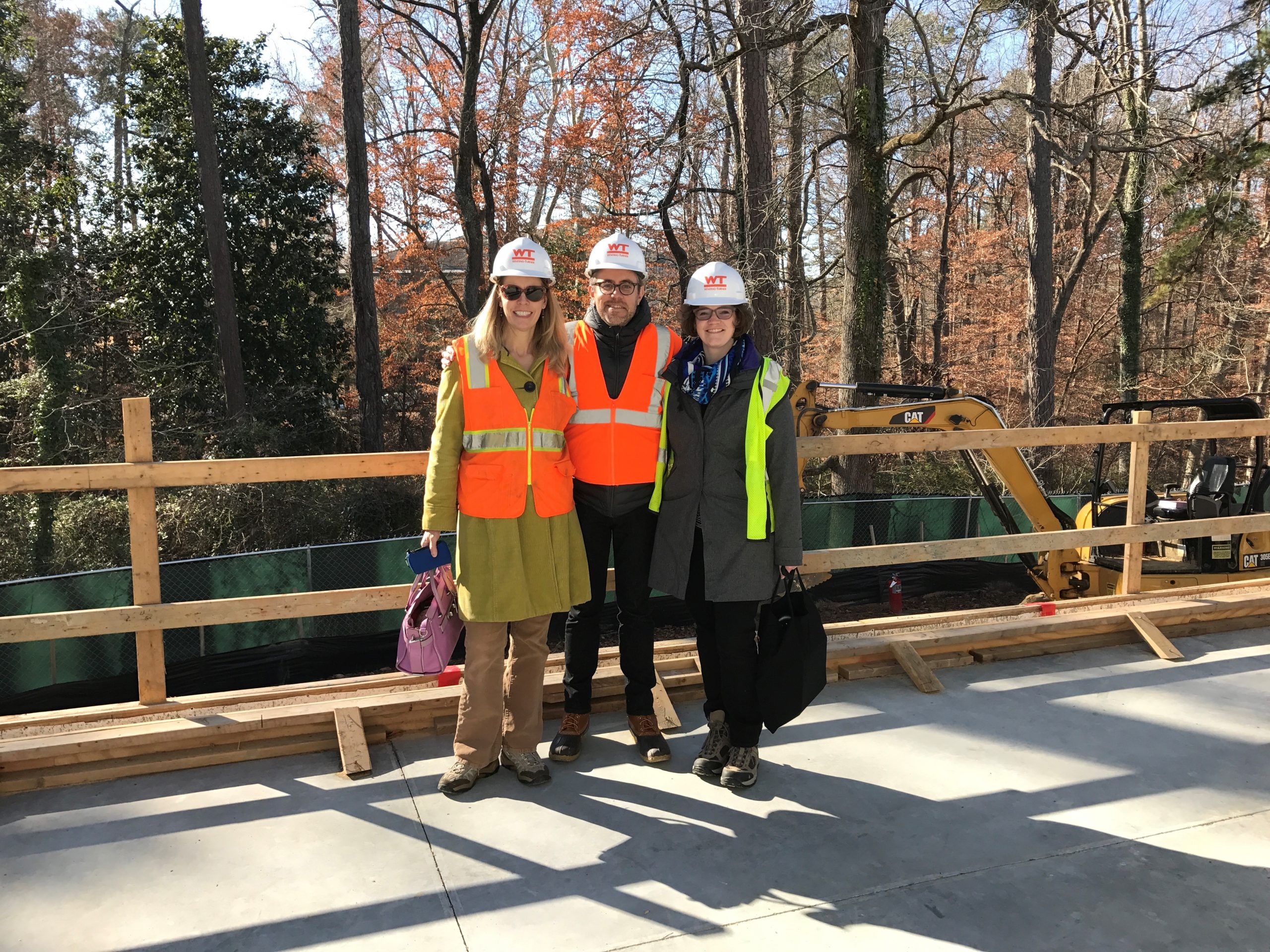People Spotlight Series: Meet Suzanne Klein
Our People Spotlight series gives you an inside look at our technical experts around the world. This week, we are highlighting a designer from our Buildings+Places (B+P) business line in the Americas and providing you insight into their design inspiration and work.
Suzanne Klein is a principal and associate vice president specializing in college and university projects. Always an advocate for advancing the client’s mission to advance academic success, Suzanne works closely with stakeholders to explore complex programming, design and campus planning issues associated with science, engineering, student life, and health and wellness.
A Passion for Design
My interest in architecture began at age 12 when my parents purchased a historic, but dilapidated farmhouse in Chester County, Pennsylvania. The house, barn, outbuildings, and the five-acre property itself needed extensive work and it became a family project as my parents relied on my brother and me to help whenever possible. The restoration and renovation were typically challenging and often not what teenagers wanted to do on weekends, but we learned extensively from the experience – both what to do and what not to do. In addition, frequent visits to the many local historic buildings, museums and gardens influenced me from a very young age. When deciding on a major in college, I knew it would be in a design field.
Preserving a Historic Legacy Through Design and Details
I am particularly proud of The Humanities Building at Rice University. At the time, I was serving as the project architect for noted classical architect, Allan Greenberg. It was important to the university that this new building fit into the historic context established by the renowned campus architect, Ralph Adams Cram, while infusing its own legacy. The Rice campus has a unique architectural style and it was critical to work within its context while also being innovative. In addition, Rice wanted the team to find opportunities to feature iconography throughout the design. I was intimately involved in the design and detailing from the earliest phase. The intricate facades and tiled roofs required an extensive number of wall sections, which I loved developing. My bi-weekly construction administration visits to the site kept the project quality in check, plus I learned from working with a great construction team, especially the superintendent, who was an expert mason. To this day, I still get goosebumps when I review wall sections!
The Importance of Transformative Designs for Today and Tomorrow
Although people may not be aware of the diverse impact, design provides a positive influence in an infinite number of ways. Almost every part of our world involves design – from the smallest details in a space to the planning of entire campuses. As planners in the educational market, we have an enormous responsibility to provide transformative academic designs for today and many years from now. We must continually strive to implement the most aspirational, germane and evidence-based designs that encourage learning and student engagement, promote diversity and inclusion, and provide opportunities to infuse health and wellness strategies. When I see the results of projects I have worked on, from enthusiastic students to a building’s impact in the campus context, it confirms I am in the right profession.








